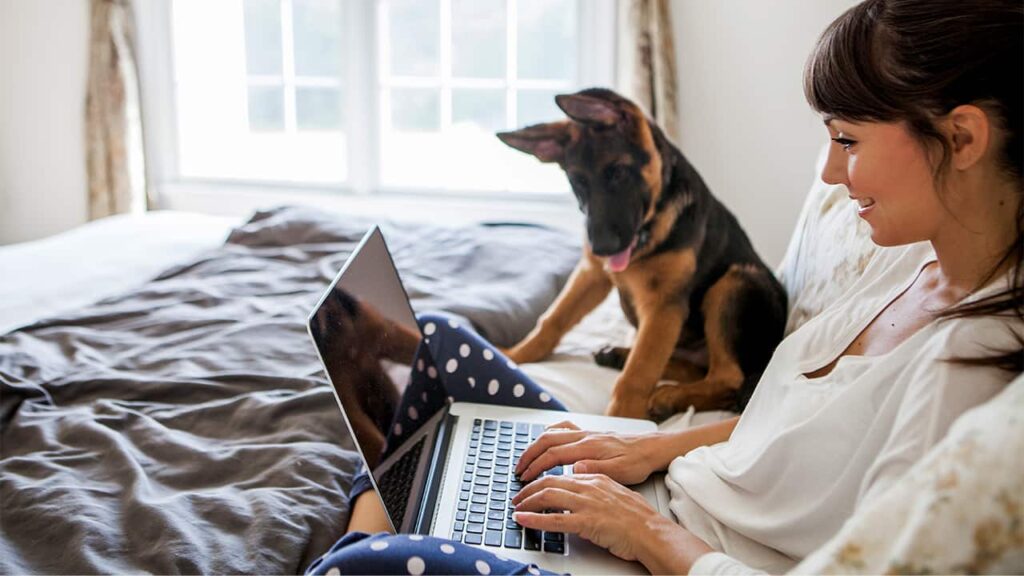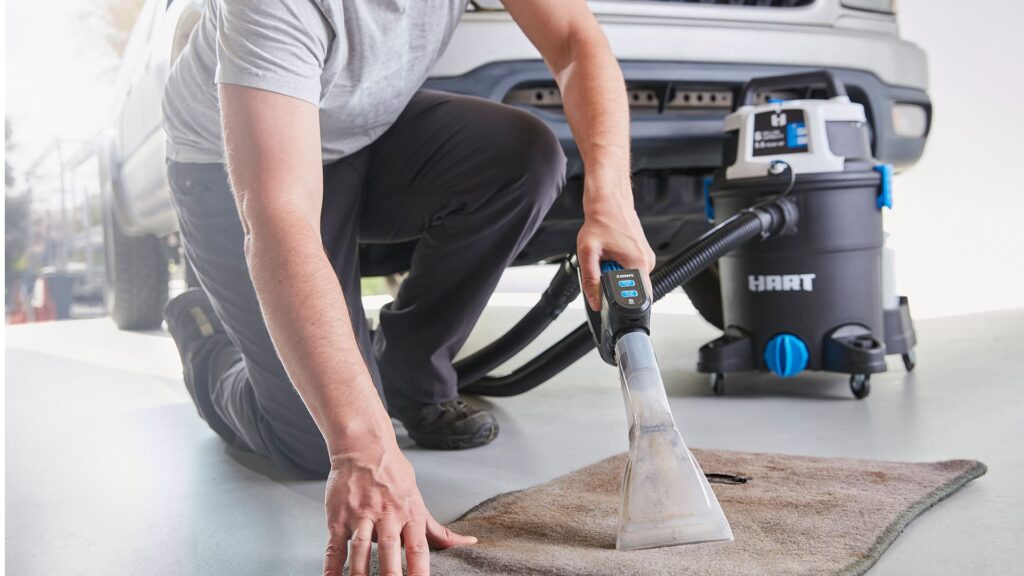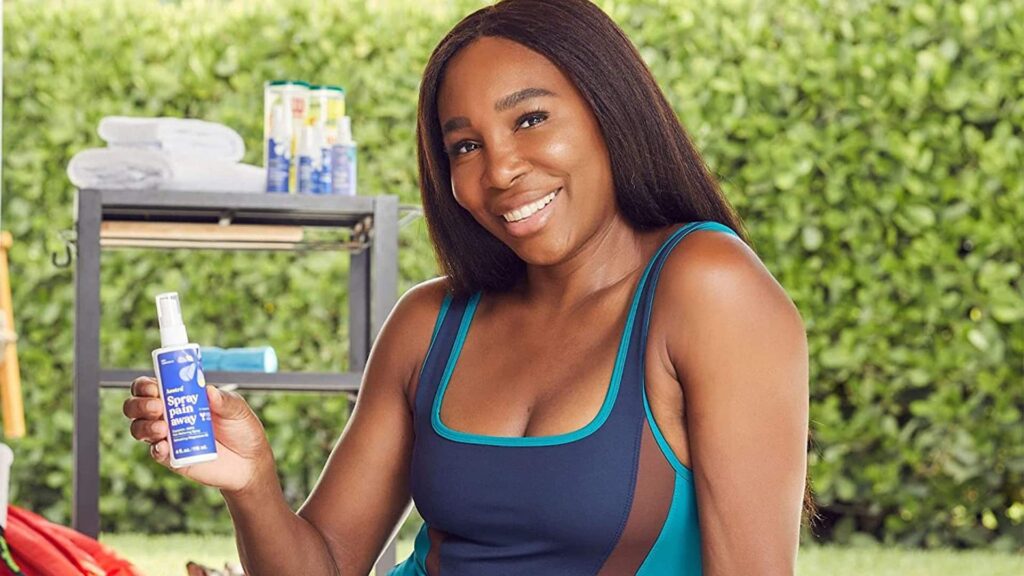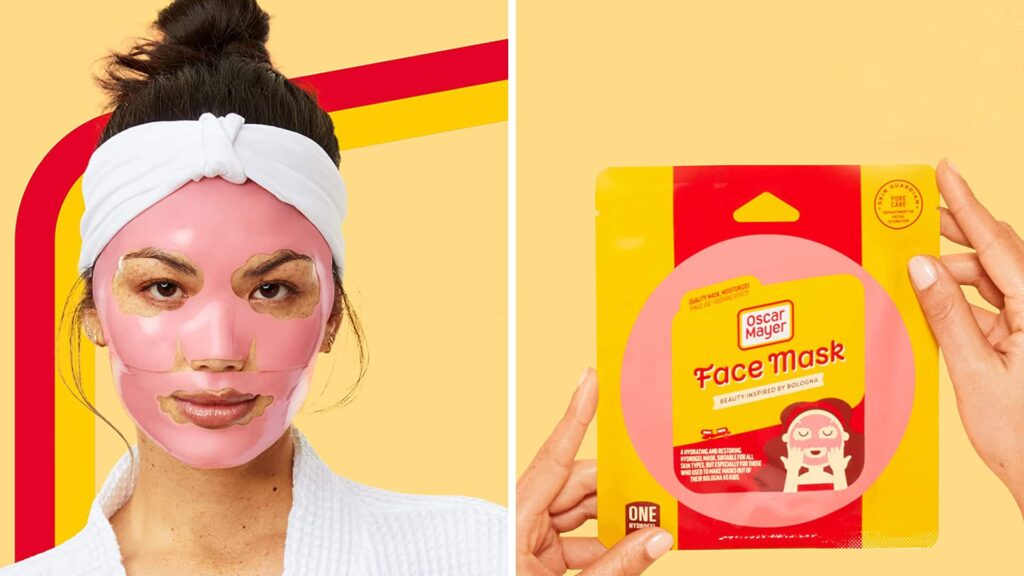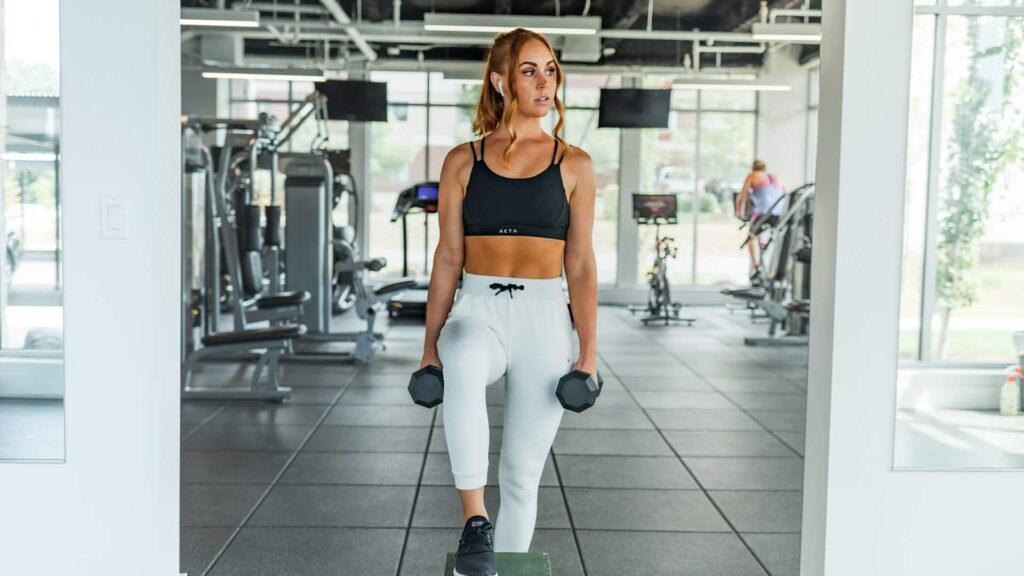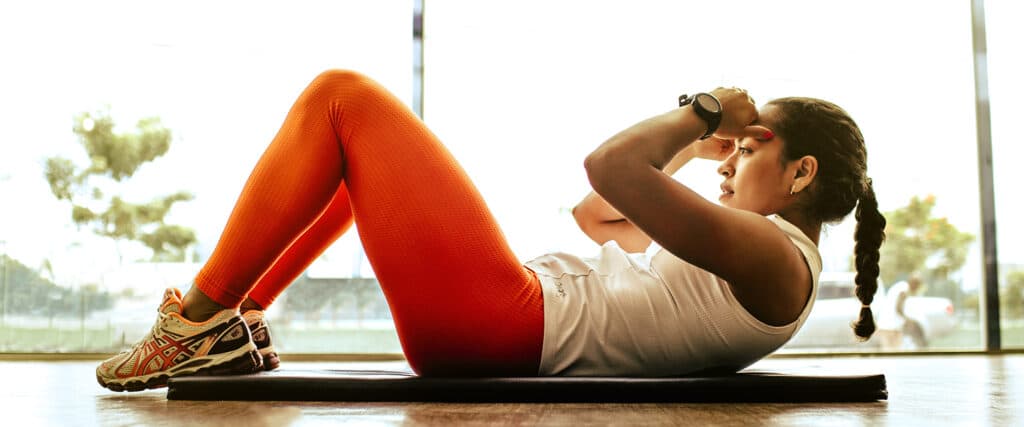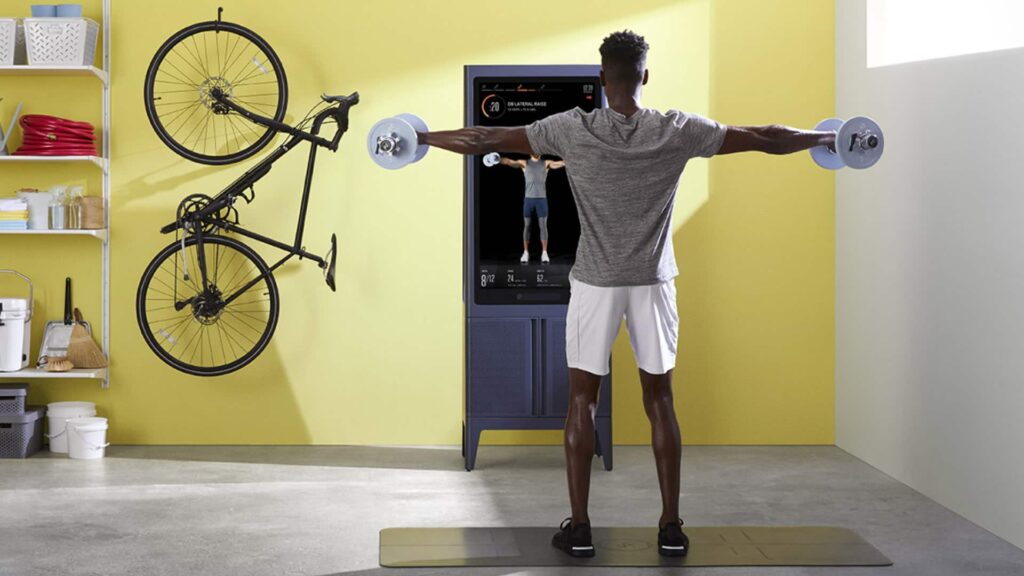Advertiser Disclosure: At Slickdeals, we work hard to find the best deals. Some products in our articles are from partners who may provide us with compensation, but this doesn’t change our opinions. Our editors strive to ensure that the information in this article is accurate as of the date published, but please keep in mind that offers can change. We encourage you to verify all terms and conditions of any product before you apply.
Reading Time: 6 minutesAccording to a survey conducted by Finder, Americans waste about $1.3 billion on gym memberships they don’t use. With so much money wasted on unused gym membership fees, skipping the gym and creating your own workout space is becoming the most cost-effective option for many people.
The idea of working out at home can be a bit daunting, but it doesn’t have to be with a little preparation and planning. For those who live in small spaces, we’ve got you covered. Whether you want to limit your gym time to minimize COVID exposure or are simply too lazy to head to the gym, there are creative ways to fit in a workout at home. Check out this guide to navigate working out at home even when space is limited.
Check Out: The Best YouTube Fitness Channels To Work Out At Home
Home Workout Tips for Small Spaces
1. Safety First
Beginning a new fitness journey is exciting. But before making a major lifestyle change, you should consult your doctor first. Underlying conditions such as a bad back or asthma can affect your health and may even lead to injury during a workout. Always discuss these issues with your doctor when you’re looking to start a new routine or lifestyle.
2. Carve Out Your Workout Space
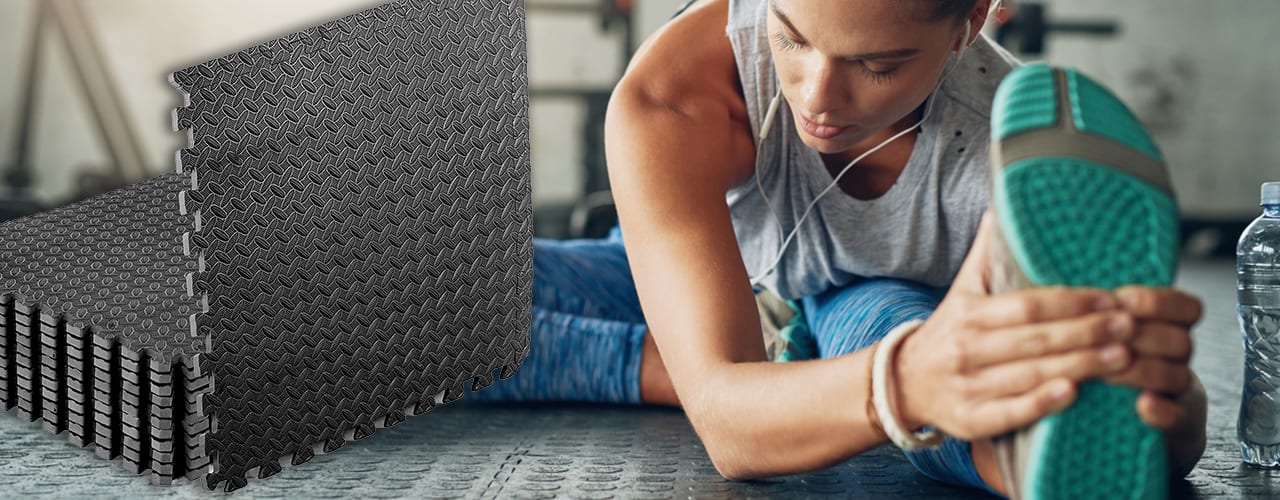
Credit: Amazon, iStock
Your fitness goals don’t have to suffer because you have less space at home than at the gym. You might be surprised just how little space you really need to perform effective workouts.
For example, yoga workouts or simple resistance bands are best performed with 36 square feet (or 6 ft. by 6 ft.) of space. To mimic the gym floor, consider purchasing these Puzzle Exercise Mats for stability during your workouts.
To determine how much space you’ll need to clear, lay down, stretch out, and move your arms and legs back and forth. You’ll need to pick an area without any ceiling obstructions like fans or ductwork so you don’t bump into these objects during stretches or jumps.
3. Use Online Training Courses
If you’re new to working out or looking to refine your fitness routine, tapping into digital personal training and online courses is a great place to start. These at-home courses are often user-friendly and have something for everyone regardless of skill set.
Many of these programs are offered free or at a low cost, and are a great way to get you familiar with new equipment, exercises and even nutrition guides. Some even have programs dedicated to showing you ways to improve strength training over a few weeks.
Check Out: Our Favorite YouTube Fitness Channels
4. Lean on the Walls
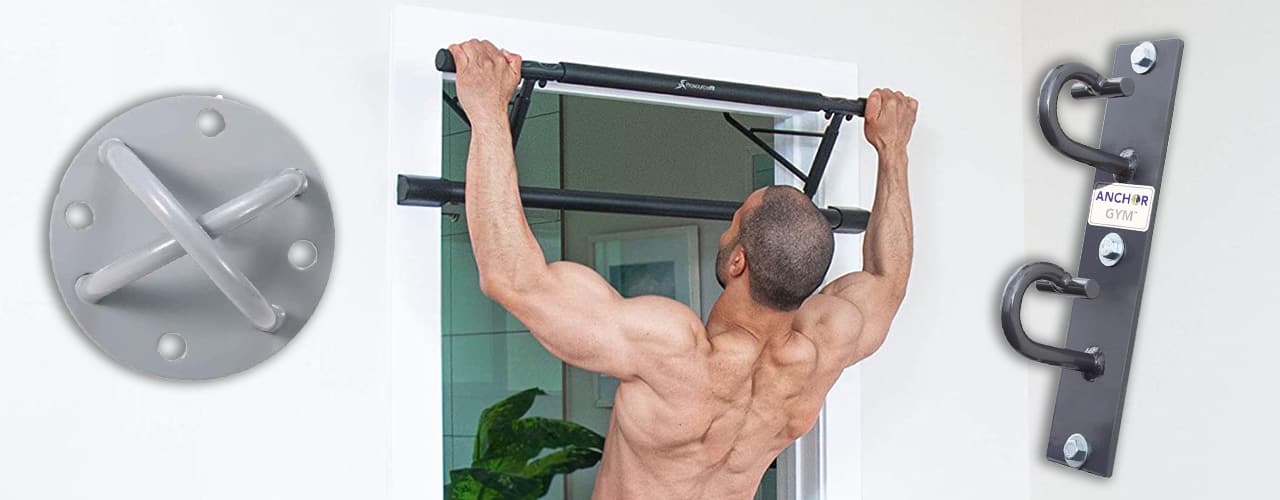
Credit: Amazon
You don’t even need fitness equipment to get your daily calorie burns. In your home gym, a clear wall space will be your new best workout buddy. Here are some ideas to help you transition your wall into a workout space:
- Install a chin-up bar between a sturdy doorway
- Install a wall mount or anchor for resistance training
- Put up a mirror to check your form and ensure you’re doing exercises correctly
If you don’t want to break out the toolbox, you can just use the walls to support you in your exercises. Wall exercises will offer you versatility within your workouts as they allow you to target almost any muscle group.
For example, some simple wall exercises include:
- Wall bridges to target the glutes
- Wall push-ups to target those biceps
- Wall sits to strengthen your core and legs
5. Incorporate Calisthenics for Bodyweight Exercises
No weights? No problem.
You won’t need any weights when you do calisthenics and isometric exercises. Isometrics uses muscle tension by holding a static position, such as Yoga or Pilates. These exercises are great for beginners and require very little floor space.
Simple calisthenic exercises that you can incorporate:
- Crunches
- Push-ups
- Crunches
- Burpees
- Jumping jacks
- Tricep dips
Invest in a good yoga mat, a yoga ball and a folding gym chair. This equipment can be easily stored away and doesn’t take up too much space.
And, of course, don’t forget the workout staples like push-ups. To make things even more comfortable, get some push-up handles to help diversify your routine and make it easier on your arms and elbows.
6. Build Strength Using Hand Weights
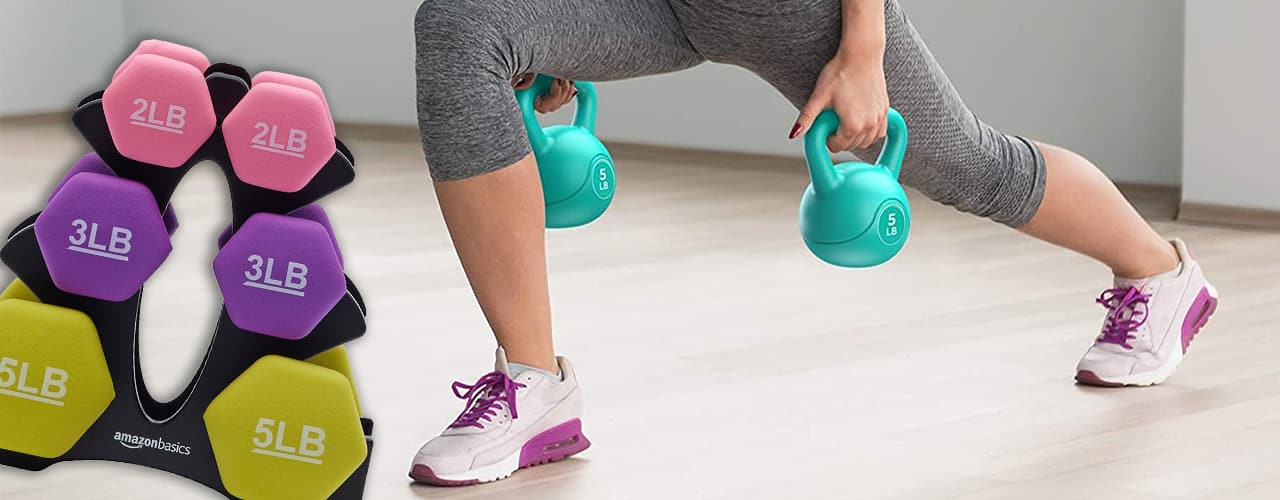
Credit: Amazon
If you’re looking for something heavier than your body weight, consider investing in some dumbbells and kettlebells. This equipment will help you gain strength and practice your form. To save even more space, use adjustable dumbbells and kettlebells, so you don’t need to fill an entire wall with a weight rack.
Not quite ready to incorporate iron into your workout routine? Resistance bands are the way to go and there are several different configurations and tools, such as bars you can add to vary up your workout and substitute for weight machines.
7. Do Aerobics for Cheap Cardio
Don’t neglect cardio in your path to fitness! For those new to working out, cardio can be a bit intimidating, but it’s necessary. Experts recommend at least 150 minutes of moderate aerobic activity for a healthy lifestyle.
The good news is that you don’t need to have an elliptical or treadmill to get that heart rate up. A quality jump rope, such as this one from Dream and Glamour, is all you need to get your blood flowing.
If jumping is not your thing, you can always opt to do:
- Burpees
- Bear crawls
- Jumping jacks
- Squat jumps
- Mountain climbers
- Jog in place
The important thing is that you’re up and moving. As you implement more cardio in your routine, you may begin to look forward to it. Aerobic exercise often produces a runner’s high, or the release of endorphins following intense exercise.
8. Use Folding Equipment to Save Space
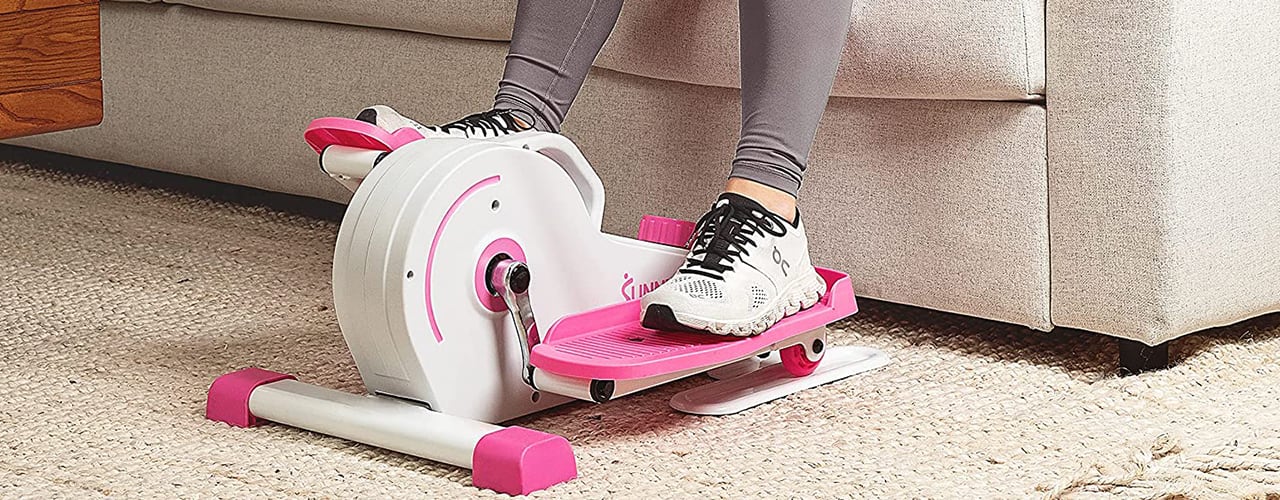
Credit: Amazon
Folding exercise equipment is a space-saver, and can be a life-saver when you’re in a cramped room. Most types of cardio equipment, such as exercise bikes, rowing machines, ellipticals and treadmills have folding versions you can easily assemble and tuck away. For strength exercises, there are folding weight benches and even the Peloton-esque Tonal, which swaps out the metal discs for an engine and a fold-out bench that lets you lift weights wherever you can mount it.
And if you’re really squeezed for space, you can even go portable with hide-away stair stepper and under-desk bike and elliptical units. And don’t forget you don’t need motors at all; step aerobics routines just need a simple riser, and if your ceilings are high enough, bust out the jump rope.
Remember To Rest and Recover

Credit: iStock
Though it feels good to be active, recovery days are just as important as your hardest workout days. It is recommended that you give yourself at least two days per week for rest and active recovery. Active recovery is a workout that involves low-intensity exercise following a strenuous workout—think walking, yoga and swimming. These recovery days are necessary to prevent injury and allow your muscles to recover, adapt, become stronger while giving your nervous system a chance to regenerate.
To ensure that you are ready to jump back into your workout be sure to incorporate these easy tips into your recovery routine:
- Hydrate
- Do static stretches
- Roll out stiff muscles with a foam roller
Good luck on your new exercise journey, and don’t forget to set a Deal Alert to get instantly notified of sales when you’re assembling your home workout space.















